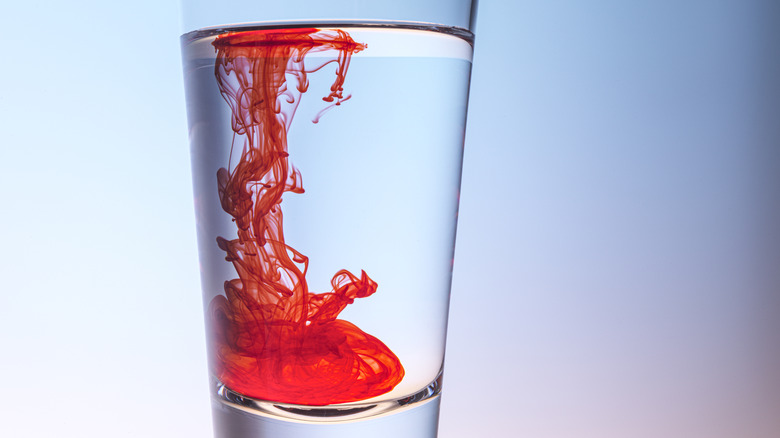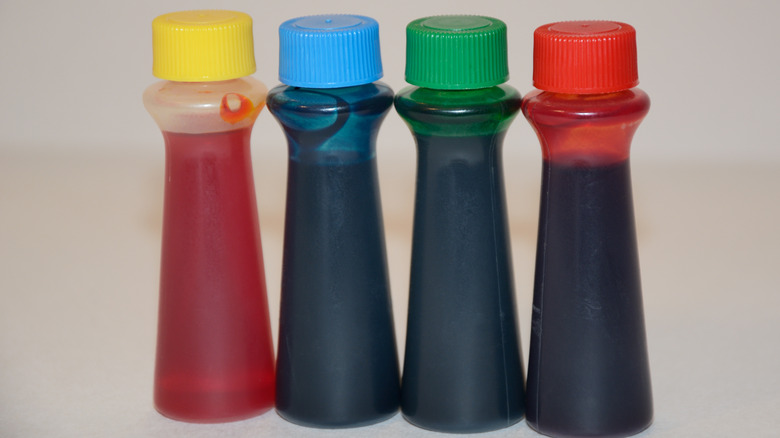FDA Approves 3 Natural Food Dyes: Here's What Colors They Are
On the heels of its official ban of red dye No. 3 in January 2025, the U.S. Food and Drug Administration announced on May 9 that three new food dyes that are of natural derivation have been approved. The three new colors, approved through color additive petitions to the FDA, are Galdieria extract blue, butterfly pea flower extract, and calcium phosphate.
Galdieria extract blue comes from a type of red algae called Galdieria sulphuraria, and has been approved for usage in beverages, including nonalcoholic drinks, fruit juices, smoothies, and meal replacement drinks; coatings for breakfast cereal; ice cream and other frozen desserts; hard and soft candies and chewing gum; and more. Butterfly pea flower extract is another natural form of dye that can be utilized for blue, purple, and green coloring. It is created through water extraction from the dried petals of butterfly pea plants, and is actually already in use in various products. The official approval by the FDA expands its use to additional food items, including cereals, crackers, and various types of snack chips. The final dye to be approved, calcium phosphate, is a white shade that has been greenlit for usage in products like ready-to-eat chicken items, candy melts, doughnut sugar, and sugar used in candy coatings.
Will there be an official ban on petroleum-based dyes?
These newly approved dyes are considered safer, natural alternatives to artificial food colorings – some that have since been banned, while others continue to be used in various foods, drinks, cosmetics, and medications. Concern has long been raised by consumers and advocacy groups regarding artificial dyes, such as colorings like red dye No. 40, which is commonly used in products like maraschino cherries. "For too long, our food system has relied on synthetic, petroleum-based dyes that offer no nutritional value and pose unnecessary health risks," HHS Secretary Robert F. Kennedy Jr. stated in the FDA's announcement about the new food colorings. He then went on to state that the FDA has intentions of removing these dyes and implement "safe, natural alternatives," so how soon can we expect this change?
As of now, these recently approved dyes are an alternative, not a replacement. While the FDA announced it is additionally accelerating its review of other alternative, more natural food colorings, it may be some time before there is any change on a widespread scale. The FDA Commissioner confirmed in the announcement that there is "serious intent to transition away from petroleum-based dyes in the food supply" by providing these additional options, but at the time of publication, manufacturers can still opt for using the petroleum-based dyes — although public opinion may soon sway those decisions, now that more natural alternatives have been officially approved.


